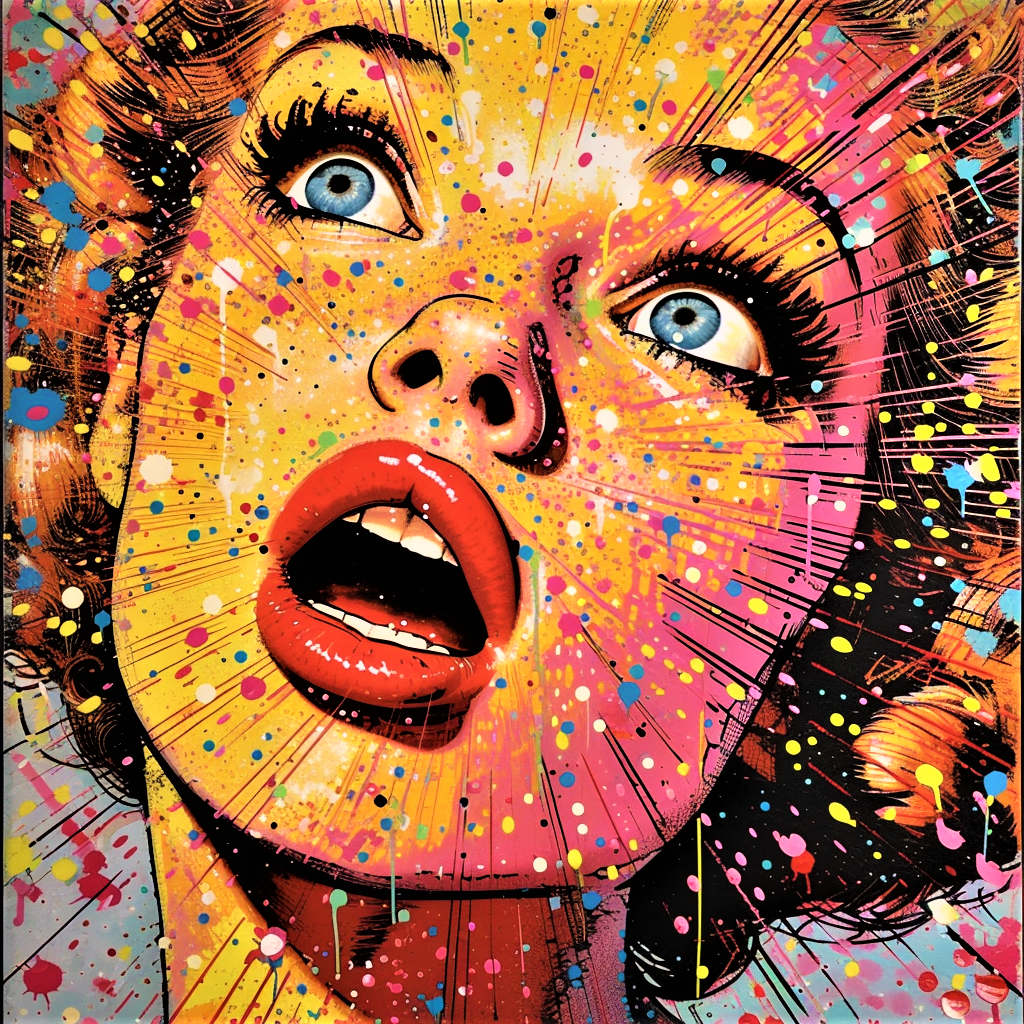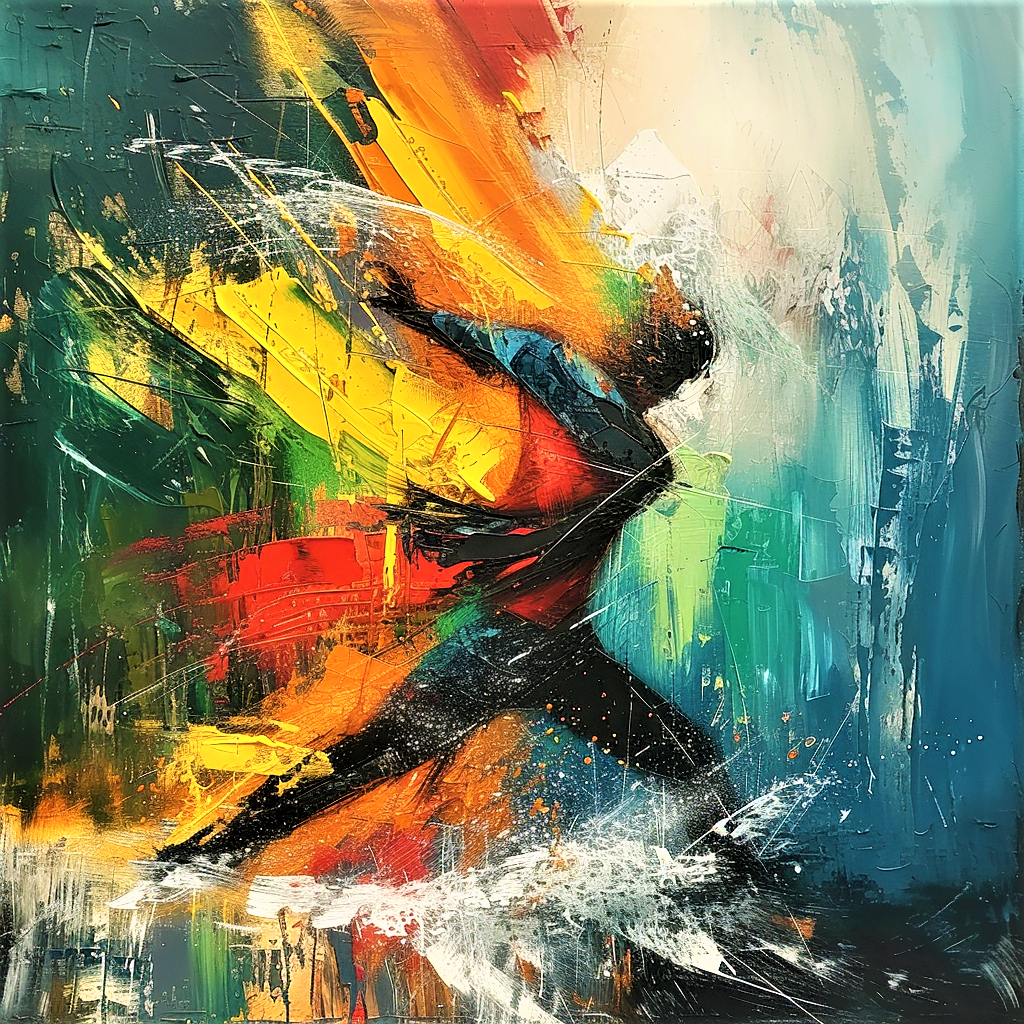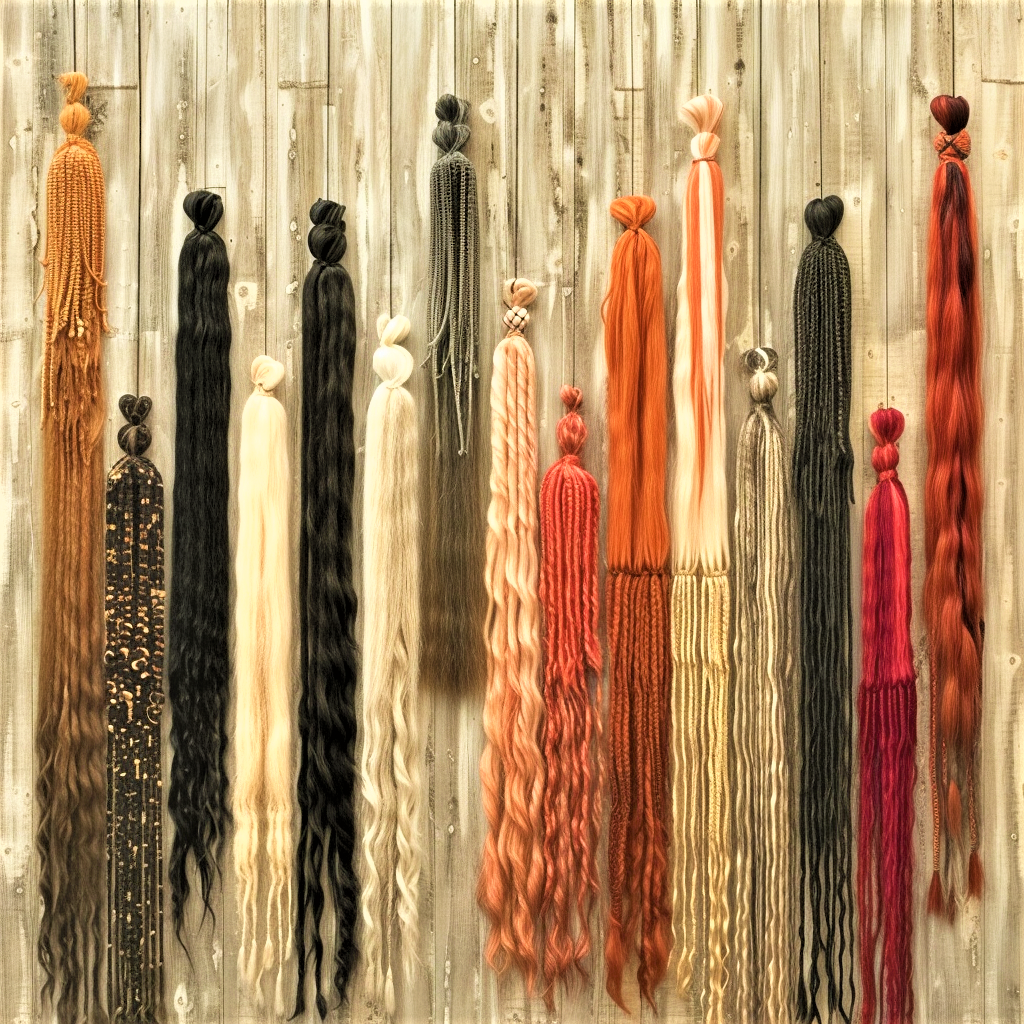Introduction:
In the swinging 1960s, a captivating art movement emerged that aimed to engage the viewer's perception in unprecedented ways. Optical Art, or Op Art, became a visual symphony of illusions, movement, and geometric precision. This blog post unveils the mesmerizing world of Op Art, exploring its origins, key principles, and the fascinating interplay of color and form that continues to captivate audiences.
The Birth of Op Art:
Op Art emerged in the 1960s as a response to the desire for engaging, dynamic visual experiences. Influenced by geometric abstraction and the scientific study of visual perception, Op artists sought to create artworks that actively engaged the viewer's senses. The movement's name, derived from "optical," reflects its focus on visual effects and illusions.
Key Principles of Op Art: Geometric Abstraction:
Op Art often relies on precise geometric shapes, patterns, and lines to create optical effects. Artists carefully arrange these elements to generate visual illusions that challenge the viewer's perception.
Contrast and Vibrating Colors:
Contrast is a key element in Op Art. Artists use high-contrast color combinations to create visual vibrations and afterimages. The juxtaposition of colors intensifies the optical effects, producing a sense of movement within static compositions.
Illusions of Depth and Movement:
Op Art plays with the perception of depth and movement on a two-dimensional surface. Artists employ techniques such as moiré patterns, repetition, and precise alignments to induce sensations of oscillation, pulsation, or even the illusion of three-dimensionality.
Impact on the Art World: Engaging the Viewer:
Op Art actively engages the viewer, inviting them to explore the visual dynamics created by carefully orchestrated patterns and color interactions. The artworks become dynamic experiences that change as the viewer moves or shifts their focus.
Influence on Design and Popular Culture:
Op Art's influence extends beyond the realm of fine art, impacting design, fashion, and even popular culture. Its bold visual effects have inspired everything from fashion textiles to album covers and interior design.
Intersection with Kinetic Art:
Op Art intersects with Kinetic Art, a movement that explores physical movement in art. Both movements share an interest in viewer engagement and the exploration of perceptual phenomena.
Legacy and Continued Influence:
Op Art's legacy endures as a testament to the transformative power of visual perception in art. Contemporary artists continue to draw inspiration from its principles, creating mesmerizing optical illusions that challenge and captivate audiences in the digital age.
Conclusion:
As we unveil the world of Op Art, we step into a realm where the boundaries between illusion and reality blur. The precision of geometric abstraction, the vibrancy of contrasting colors, and the dynamic interplay of form create an immersive experience that transcends traditional notions of static art. Op Art: an enchanting journey into the visual dynamics of perception, where illusions come to life on the canvas.





